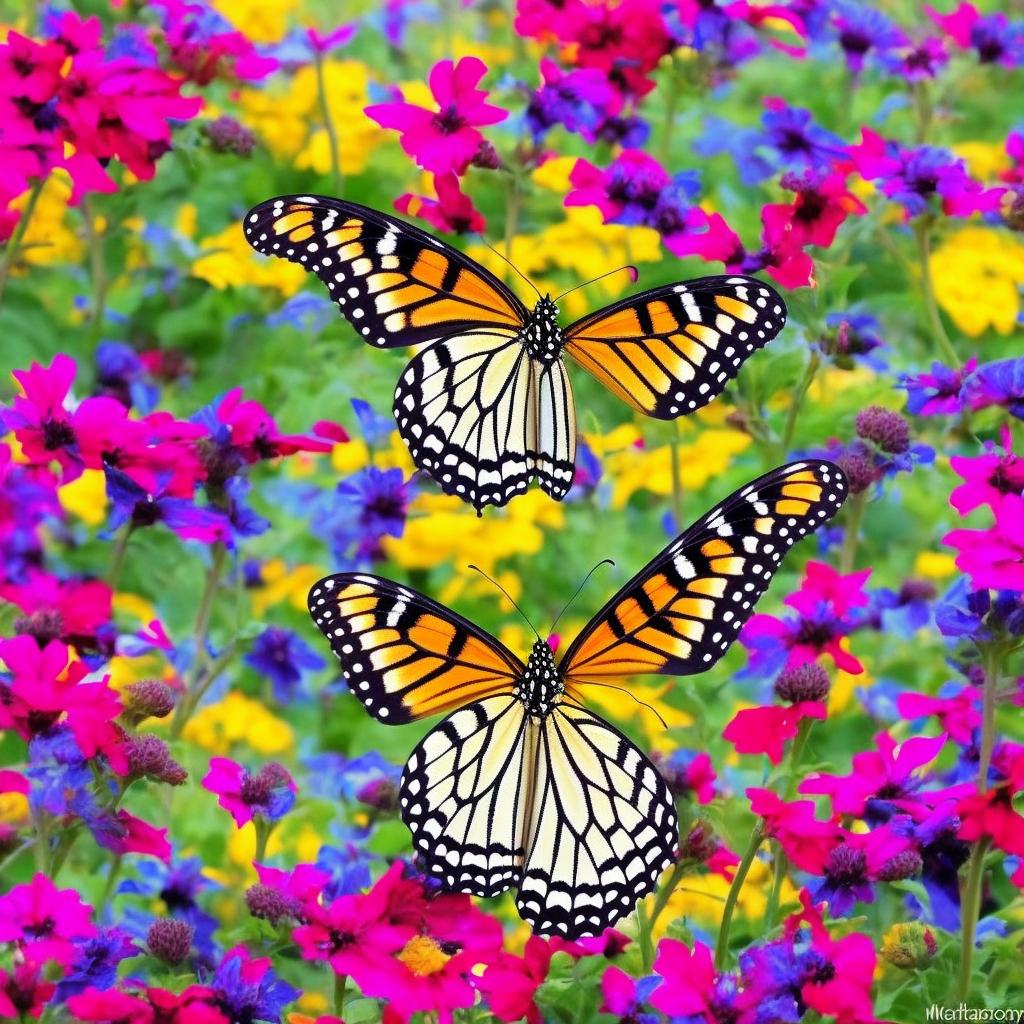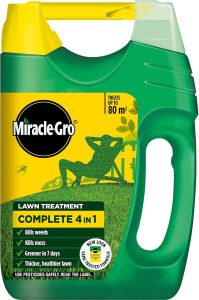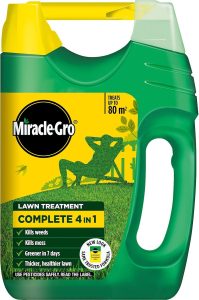Gardening enthusiasts know that a well-planned garden not only adds beauty to your outdoor space, but also attracts a myriad of fascinating creatures. Butterflies, with their vibrant colors and graceful fluttering, are no exception. If you’ve ever wanted to create a garden oasis that invites these delightful insects to dance among your flowers, look no further. In this guide, we will explore how to plan and plant a butterfly garden that will not only enhance the aesthetic of your yard, but also provide a sanctuary for these enchanting creatures. So grab your gardening gloves and let’s get started!
Choosing the Right Plants for Your Butterfly Garden
When planning and planting a butterfly garden, it is important to choose the right plants that will attract these beautiful creatures. Butterflies are attracted to brightly colored flowers with sweet nectar, so incorporating a variety of these plants is key. Consider planting a mix of annuals, perennials, and native wildflowers to ensure a continuous food source for the butterflies.
Some popular plants to include in your butterfly garden are:
- Milkweed: A favorite of monarch butterflies for laying eggs
- Lavender: Attracts a variety of butterflies with its fragrant flowers
- Zinnias: Bright and colorful flowers that provide ample nectar
| Plant Type | Color |
|---|---|
| Annuals | Various |
| Perennials | Various |
| Wildflowers | Various |
Creating a Welcoming Habitat for Butterflies
When planning and planting a butterfly garden, it’s important to consider the needs and preferences of these delicate creatures. Start by choosing a sunny location for your garden, as butterflies thrive in warm and sunny environments. Next, select a variety of nectar-rich flowers that will attract butterflies to your garden. Some popular choices include coneflowers, milkweed, and butterfly bush. Planting a mix of annuals and perennials will ensure that your garden remains vibrant throughout the season.
also involves providing food for their caterpillars. Research which butterfly species are native to your region and plant host plants that caterpillars can feed on. Some examples include milkweed for monarch butterflies and parsley for swallowtails. By offering both nectar sources and host plants, you can support the entire life cycle of butterflies in your garden.
Tips for Attracting and Supporting Local Butterfly Populations
One key tip for attracting and supporting local butterfly populations is to plant a variety of native plants in your garden. Butterflies rely on specific plants for laying their eggs and feeding, so having a diverse range of flowers, shrubs, and trees is essential. Some great options for attracting butterflies include milkweed, coneflowers, and butterfly bush.
Another important consideration is providing suitable habitat for butterflies. This can include creating sheltered areas for them to rest, such as tall grasses or shrubs, as well as incorporating water sources like shallow puddles. Additionally, avoiding pesticide use in your garden is crucial for maintaining a healthy butterfly population. By following these tips, you can help create a thriving environment for local butterflies to flourish.
Maintaining Your Butterfly Garden for Long-Term Success
When planning and planting your butterfly garden for long-term success, it’s important to consider the following key factors:
- Choose the Right Location: Select a spot in your garden that receives plenty of sunlight and is sheltered from strong winds. Butterflies need warmth to fly and feed.
- Plant Diverse Flowers: Include a variety of nectar-rich flowers that bloom at different times of the year to provide a continuous food source for butterflies.
- Create Sheltered Areas: Plant dense shrubs and trees to provide shelter and protection from predators for butterflies.
Additionally, consider incorporating a water source such as a shallow birdbath or saucer filled with sand and water for butterflies to drink from. Remember to avoid using pesticides in your butterfly garden, as they can be harmful to these delicate creatures. By following these tips, you can create a thriving butterfly habitat that will attract these beautiful insects for years to come.
To Conclude
As you embark on your butterfly garden journey, remember to keep a close eye on your plants and caterpillars, nurturing them with care and patience. By following these steps and creating a welcoming habitat for butterflies, you are not only enhancing the beauty of your surroundings but also supporting these delicate creatures and contributing to the biodiversity of our planet. So go ahead, plan your garden, plant those nectar-rich flowers, and watch in awe as your garden transforms into a fluttering paradise for these winged wonders. Happy gardening!




